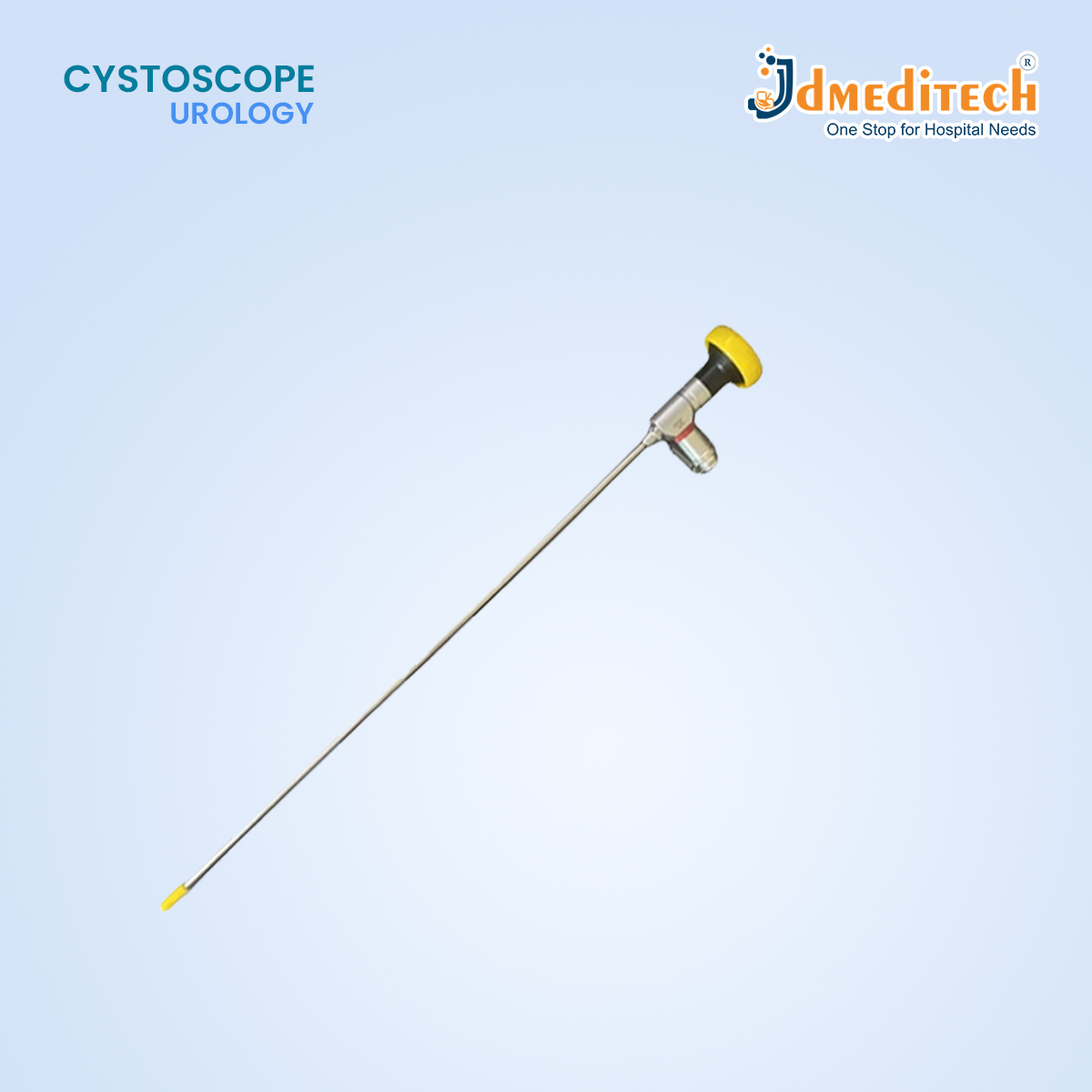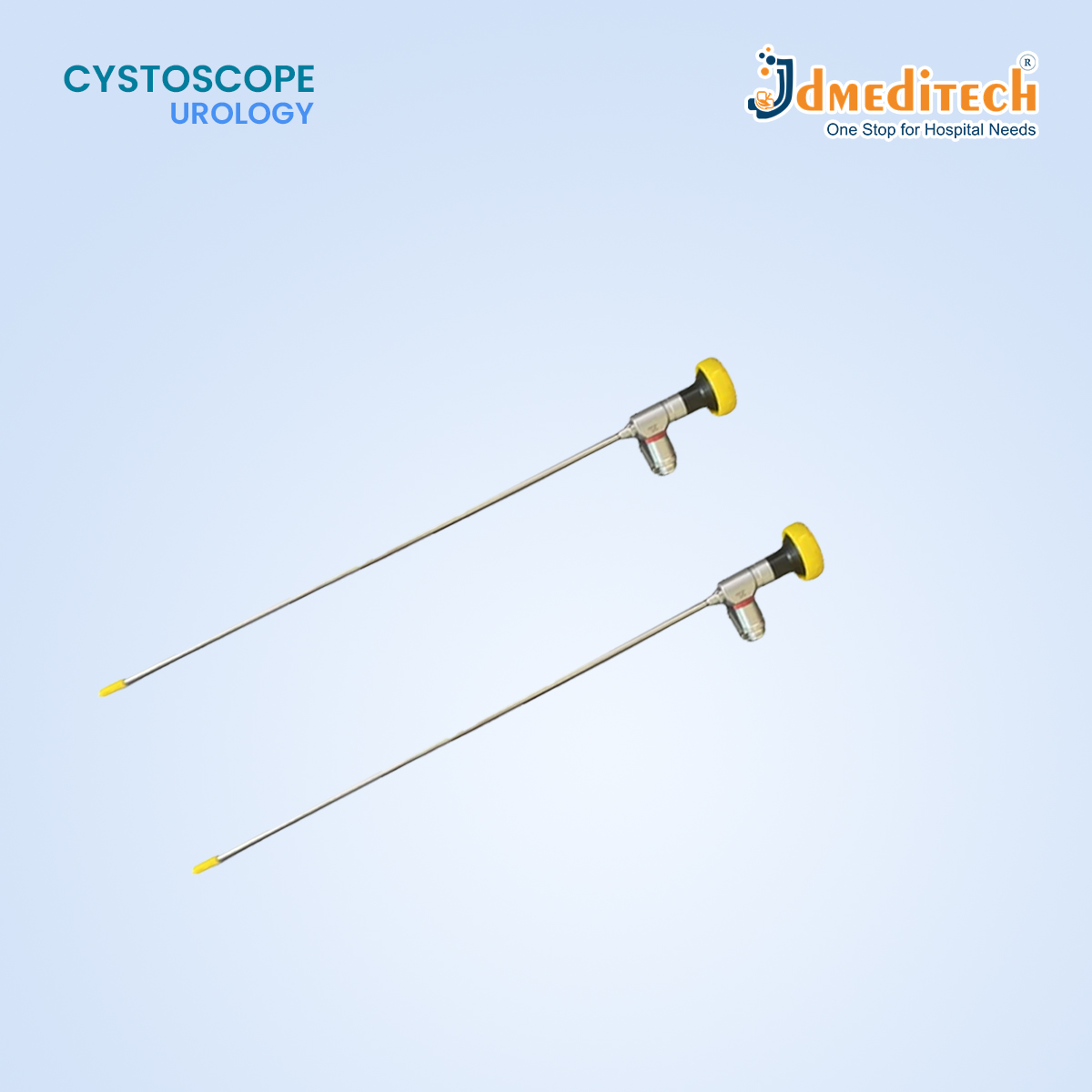






The Urology Rigid Cystoscope is used for both diagnostic and therapeutic procedures involving the lower urinary tract—primarily the bladder and urethra. A urology rigid cystoscope is a medical instrument used primarily in urology to visually examine the inside of the urinary bladder and urethra. Here’s a quick breakdown of what it is and how it’s used
Primary Uses of a Rigid Cystoscope
1. Diagnostic Uses
Hematuria Evaluation: To investigate blood in the urine.
Bladder Tumor Detection: Identify and assess tumors or abnormal growths.
Urethral Stricture Diagnosis: Examine for narrowing or blockage in the urethra.
Recurrent Urinary Tract Infections (UTIs): Check for underlying bladder issues.
Bladder Stones: Identify presence, size, and location.
2. Therapeutic Uses
Biopsy: Take tissue samples from suspicious areas (e.g., tumors).
Tumor Resection: Remove bladder tumors using electrocautery or laser via working channels.
Stone Removal: Extract bladder stones using forceps or lithotripsy tools.
Foreign Body Removal: Retrieve objects accidentally introduced into the bladder.
Stent Placement/Removal: Guide and manipulate ureteral stents.
Urethral Stricture Treatment: Perform direct vision internal urethrotomy (DVIU).
Botox Injection: For overactive bladder treatment.